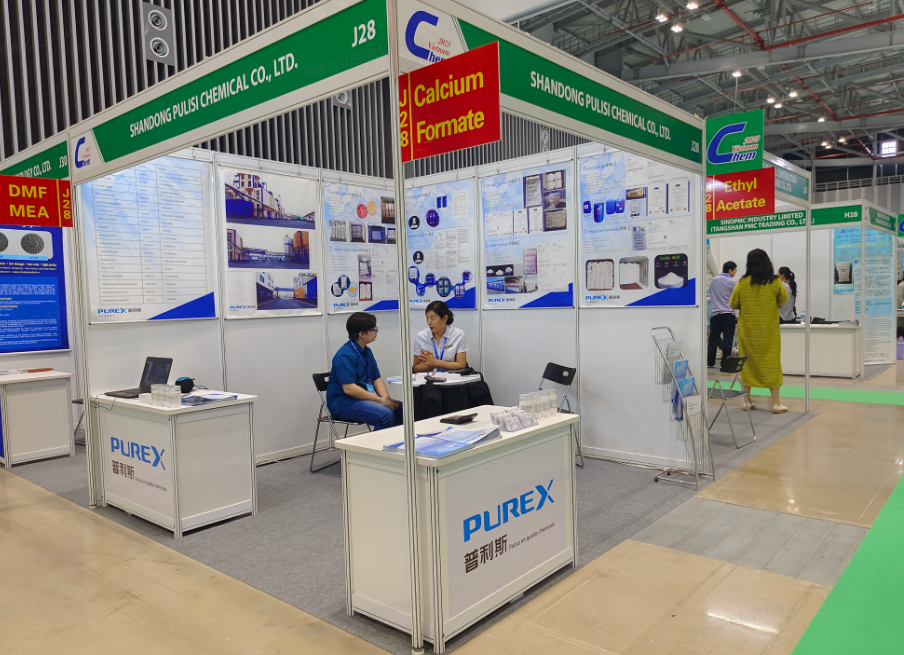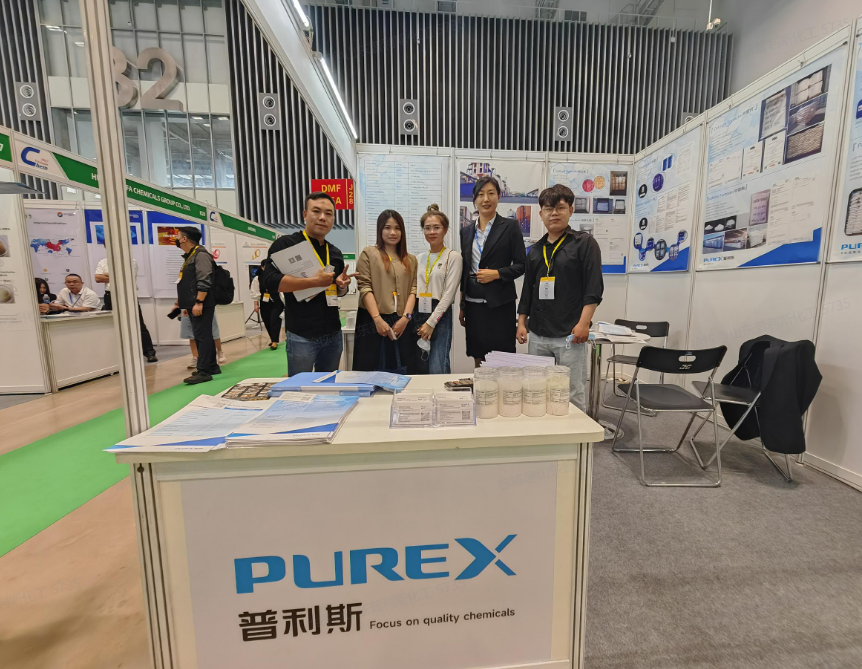This article has been reviewed in accordance with Science X’s editorial procedures and policies. The editors have emphasized the following qualities while ensuring the integrity of the content:
Climate change is a global environmental problem. The main contributor to climate change is the excessive burning of fossil fuels. They produce carbon dioxide (CO2), a greenhouse gas that contributes to global warming. In light of this, governments around the world are developing policies to limit such carbon emissions. However, simply reducing carbon emissions may not be enough. Carbon dioxide emissions also need to be controlled. googletag.cmd.push(function() { googletag.display(‘div-gpt-ad-1449240174198-2′); });
In this regard, scientists propose chemical conversion of carbon dioxide into value-added compounds such as methanol and formic acid (HCOOH). To produce the latter, a source of hydride ions (H-), which are equivalent to one proton and two electrons, is required. For example, the reduction-oxidation pair of nicotinamide adenine dinucleotide (NAD+/NADH) is a generator and reservoir of hydride (H-) in biological systems.
Against this backdrop, a team of researchers led by Professor Hitoshi Tamiaki from Ritsumeikan University, Japan, developed a new chemical method using ruthenium-like NAD+/NADH complexes to reduce CO2 to HCOOH. The results of their study were published in the journal ChemSusChem on January 13, 2023.
Professor Tamiaki explains the motivation for his research. “It was recently shown that the ruthenium complex with the NAD+ model, [Ru(bpy)2(pbn)](PF6)2, undergoes photochemical two-electron reduction. It gave rise to the corresponding NADH type complex [Ru (bpy) )2 (pbnHH)](PF6)2 in the presence of triethanolamine in acetonitrile (CH3CN) under visible light,” he said.
“In addition, bubbling CO2 into a [Ru(bpy)2(pbnHH)]2+ solution regenerates [Ru(bpy)2(pbn)]2+ and produces formate ions (HCOO-). However, its production speed is quite low. Short. Therefore, converting H- to CO2 requires an improved catalytic system.”
Therefore, researchers have investigated various reagents and reaction conditions that help reduce carbon dioxide emissions. Based on these experiments, they proposed light-induced two-electron reduction of the redox pair [Ru(bpy)2(pbn)]2+/[Ru(bpy)2(pbnHH)]2+ in the presence of 1, 3-. Dimethyl-2-phenyl-2,3-dihydro-1H-benzo[d]imidazole (BIH). Additionally, water (H2O) in CH3CN instead of triethanolamine further improved the yield.

In addition, the researchers also investigated potential reaction mechanisms using techniques such as nuclear magnetic resonance, cyclic voltammetry and UV-visible spectrophotometry. Based on this, they hypothesized: First, upon photoexcitation of [Ru(bpy)2(pbn)]2+, the free radical [RuIII(bpy)2(pbn•-)]2+* is formed, which undergoes the following reduction: BIH Get [RuII(bpy)2(pbn•-)]2+ and BIH•+. Subsequently, H2O protonates the ruthenium complex to form [Ru(bpy)2(pbnH•)]2+ and BI•. The resulting product is disproportionated to form [Ru(bpy)2(pbnHH)]2+ and returns to [Ru(bpy)2(pbn)]2+. The former is then reduced by BI• to generate [Ru(bpy)(bpy•−)(pbnHH)]+. This complex is an active catalyst that converts H- to CO2, producing HCOO- and formic acid.
The researchers showed that the proposed reaction has a high conversion number (the number of moles of carbon dioxide converted by one mole of catalyst) – 63.
The researchers are excited by these discoveries and hope to develop a new method of converting energy (sunlight into chemical energy) to produce new renewable materials.
“Our method will also reduce the total amount of carbon dioxide on Earth and help maintain the carbon cycle. Therefore, it can reduce future global warming,” Professor Tamiaki added. “In addition, new organic hydride transport technologies will provide us with invaluable compounds.”
Further information: Yusuke Kinoshita et al., Light-induced organic hydride transfer to CO2** mediated by ruthenium complexes as models for NAD+/NADH redox couples, ChemSusChem (2023). DOI: 10.1002/cssc.202300032

If you encounter a typo, inaccuracy, or would like to submit a request to edit content on this page, please use this form. For general questions, please use our contact form. For general feedback, use the public comments section below (follow the instructions).
Your feedback is very important to us. However, due to the high volume of messages, we cannot guarantee a personalized response.
Your email address is only used to tell recipients who sent the email. Neither your address nor the recipient’s address will be used for any other purpose. The information you enter will appear in your email and will not be stored by Phys.org in any form.
Receive weekly and/or daily updates in your inbox. You can unsubscribe at any time and we will never share your details with third parties.
We make our content accessible to everyone. Consider supporting Science X’s mission with a premium account.
If you would like more information, please send me an email.
E-mail:
info@pulisichem.cn
Tel:
+86-533-3149598
Post time: Dec-04-2023
